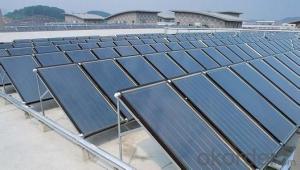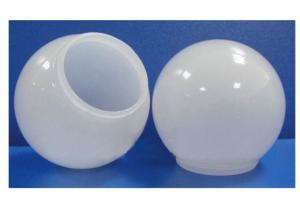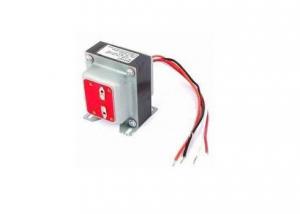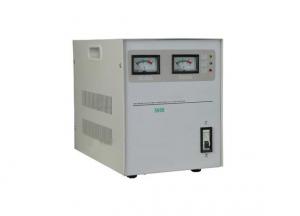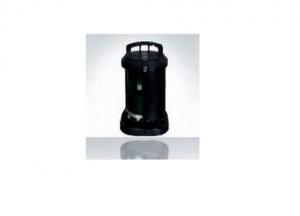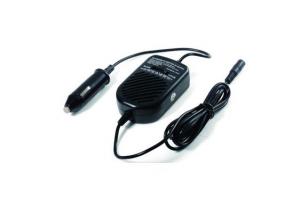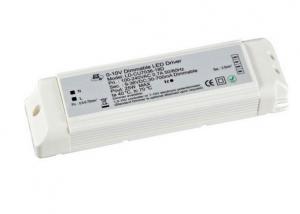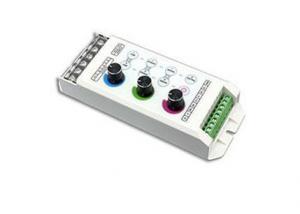Solar House Inverter
Solar House Inverter Related Searches
House Solar Inverter Solar Home Inverter Home Solar Inverter Home Solar System Inverter Home Solar Power Inverter Household Solar Inverter Solar Power Inverter For House Solar Solar Inverter Home Solar Inverter System Solar System Inverter For Home Home Solar Panel Inverter Solar Energy Inverter Solar Energy Inverter For Home Solar Power Inverter For Home Solar System Inverter Inverter For Home Solar Solar Inverter For Home Solar Hybrid Inverter Solar Converter Inverter Domestic Solar Inverter Home Depot Solar Inverter Power Solar Inverter Solar Panel Inverter For Home Sun Solar Inverter Solar Energy Power Inverter Solar Electric Inverter Solar Panel Inverter Solar City Inverter Solar Power Plant Inverter Solar Light InverterSolar House Inverter Supplier & Manufacturer from China
Solar House Inverter is a crucial component in solar energy systems, converting the direct current (DC) generated by solar panels into alternating current (AC) that can be used by household appliances and fed back into the power grid. This product plays a vital role in harnessing the power of the sun and making it accessible for everyday use.The Solar House Inverter is widely used in residential and commercial settings, where it helps to reduce electricity bills and reliance on fossil fuels. It is particularly useful in areas with high sunlight exposure, making it an eco-friendly and cost-effective solution for energy consumption. By integrating solar panels with a Solar House Inverter, users can harness the power of the sun to power their homes and businesses, contributing to a greener and more sustainable future.
Okorder.com is a reputable wholesale supplier of Solar House Inverters, boasting a large inventory that caters to the diverse needs of customers worldwide. With a commitment to quality and customer satisfaction, Okorder.com ensures that each Solar House Inverter is of the highest standard, providing reliable and efficient energy conversion for a wide range of applications.
Hot Products



















